OSHA Safety Signs play a critical role in promoting workplace safety and preventing accidents and injuries, if adhered to. These signs are designed to convey important messages and information about various hazards, safety precautions, and regulatory requirements in the workplace.
By using standardized symbols, colors, and layouts, they help to effectively communicate potential risks and necessary actions to workers and visitors. Understanding and obeying these signs can significantly reduce the likelihood of accidents and create a safer working environment for everyone.
What are OSHA Safety Signs?
(Occupational Safety and Health Administration) OSHA Safety Signs are visual indicators used in workplaces to convey important safety information and instructions. These signs serve as a means to communicate potential hazards, safety precautions, mandatory regulations, and emergency procedures. They consist of standardized symbols, colors, and formats to ensure universal recognition and understanding.
They are strategically placed in areas where the risk or danger is present, such as construction sites, factories, warehouses, and laboratories. By prominently displaying these signs, employers can effectively alert and educate workers and visitors about potential hazards and necessary safety measures, ultimately promoting a safer work environment.
Why are OSHA Safety Signs Important?
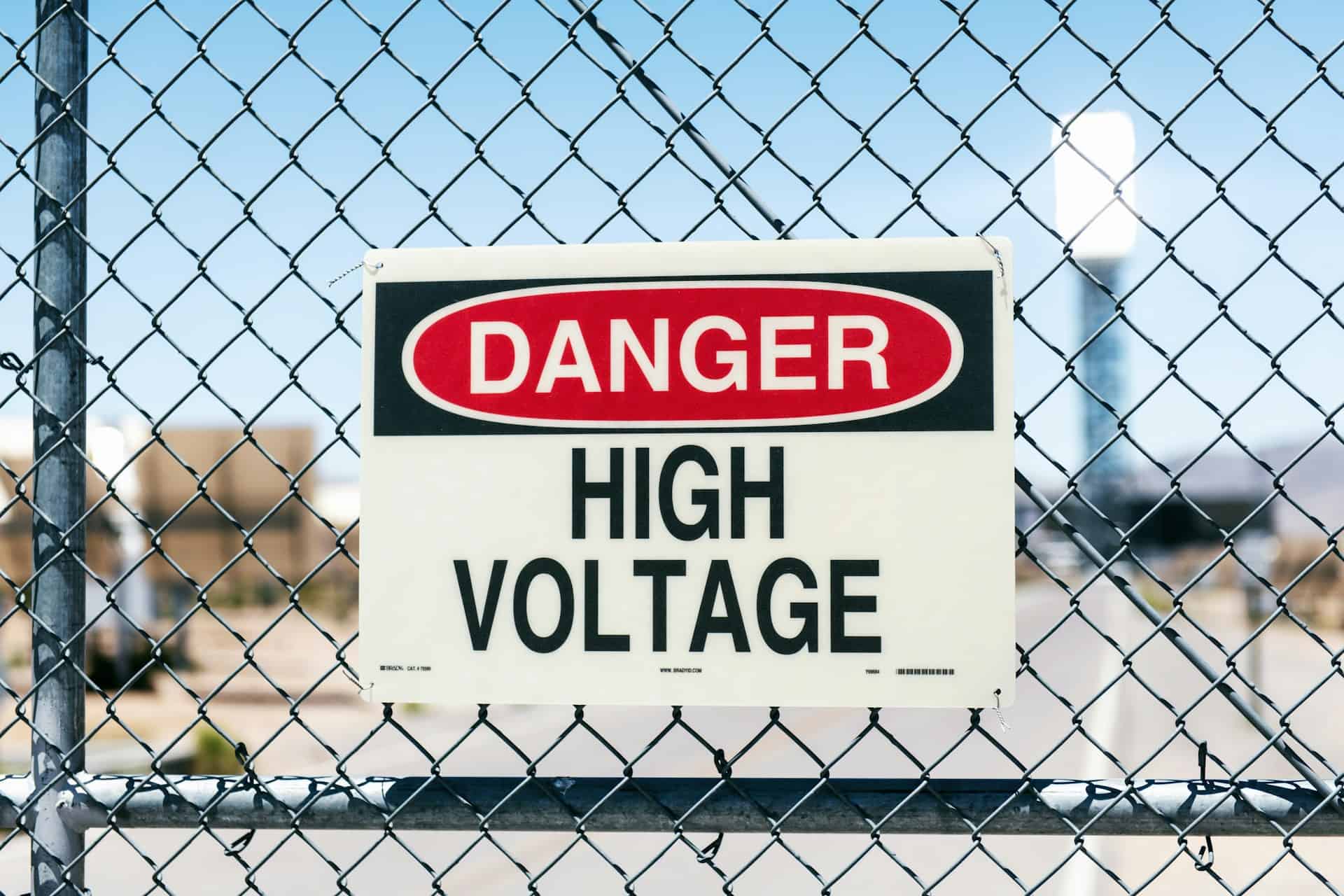 They are incredibly important for the safety and well-being of workers and visitors in the workplace. These signs are designed to provide visual cues that inform people of the hazards, risks, and potential dangers they may encounter in a particular area.
They are incredibly important for the safety and well-being of workers and visitors in the workplace. These signs are designed to provide visual cues that inform people of the hazards, risks, and potential dangers they may encounter in a particular area.
By effectively communicating these important messages, they help to reduce the occurrence of accidents, injuries, and fatalities in the workplace. Using standardized symbols, colors, and layouts adds to the universal understanding of the safety information conveyed by the signs. Moreover, they help to comply with regulations and avoid penalties for non-compliance.
Who is Required to Use OSHA Safety Signs?
Employers in the United States are required to use OSHA Safety Signs in workplaces to ensure the safety and well-being of their employees. OSHA regulations mandate that employers must provide a safe working environment that is free from recognized hazards, and using safety signs is an essential component of meeting this requirement. All private-sector employers, as well as some public-sector employers, fall under OSHA’s jurisdiction and must comply with OSHA standards, including the use of safety signs.
By implementing these signs in the workplace, employers not only protect their workers from potential dangers but also demonstrate their commitment to creating a safe and healthy work environment. Failure to use these signs can result in penalties, fines, and citations from OSHA inspectors, highlighting the importance of compliance with these regulations.
What are the Types of OSHA Safety Signs?
Here are the commonly recognized types of OSHA safety signs:
1. Danger Signs: These signs indicate immediate hazards that may result in serious injury or death. They are typically printed in red, with white text and the word “DANGER” displayed prominently.
2. Warning Signs: Warning signs alert individuals to potential hazards and the need to proceed with caution. They are often printed in yellow, with black text and symbols.
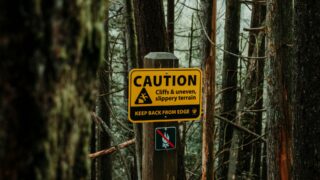 3. Caution Signs: Caution signs indicate potential hazards that could result in minor or moderate injuries. These signs are usually printed in yellow, with black text and symbols.
3. Caution Signs: Caution signs indicate potential hazards that could result in minor or moderate injuries. These signs are usually printed in yellow, with black text and symbols.
4. Notice Signs: Notice signs provide important information that is not related to hazards or dangers. They typically display specific rules, regulations, or instructions that need to be followed.
5. Safety Instruction Signs: These signs provide specific instructions or reminders about safety practices and procedures to prevent accidents and injuries.
It’s important to note that specific requirements and designs of safety signs may vary depending on the industry and specific hazards present in the workplace. Employers should consult OSHA guidelines and seek professional advice to ensure compliance with regulations and the appropriate use of safety signs.
Where Should OSHA Safety Signs be Placed?
They should be placed in areas where hazards and risks are present and where they can be clearly seen by employees and visitors. These signs must be placed in prominent locations that are easily recognizable and not obstructed by other objects or distractions. Furthermore, OSHA requires that signs be posted in a format and manner that ensures that employees understand the safety message they convey.
For instance, danger signs should be used in hazardous areas, warning signs must be used to indicate potential dangers, and caution signs should highlight areas where minor or moderate risks exist. Employers should also ensure that signs are placed at a height that is visible to all people consistently. By placing OSHA Safety Signs in optimal positions, employers can enhance worker safety, reduce the risk of injuries, and prevent accidents in the workplace.
Color Coding of OSHA Safety Signs
1. Red: Red is used for danger signs, indicating immediate hazards that can cause serious injury or death. It is easily visible and grabs attention, alerting individuals to potential dangers that require immediate action or caution.
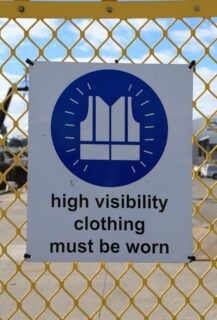 2. Yellow: Yellow is commonly used for warning signs. These signs indicate potential hazards that may result in minor or moderate injuries. Yellow is a universal color for caution, drawing attention and prompting individuals to proceed with care.
2. Yellow: Yellow is commonly used for warning signs. These signs indicate potential hazards that may result in minor or moderate injuries. Yellow is a universal color for caution, drawing attention and prompting individuals to proceed with care.
3. Orange: Orange is typically used for construction, maintenance, and temporary signs. It emphasizes temporary or changing conditions, such as road construction, maintenance work, or hazardous areas in industrial settings.
4. Blue: Blue is generally used for informational signs, conveying non-hazard-related information, including instructions, directions, or general guidance. These signs are essential for providing important information or policies that employees and visitors need to be aware of.
5. Green: Green is used for safety instruction signs, such as emergency exit signs, first aid signs, or locations of safety equipment. These signs indicate safe or emergency-related information, guiding individuals to safety or necessary resources.
It’s important to note that the color coding and specific requirements for safety signs may vary based on industry-specific standards or company policies. Employers should consult OSHA guidelines and other relevant regulations to ensure compliance with color coding standards for safety signs in their specific workplace environment.
Can the Colors of OSHA Safety Signs be Modified?
No, the colors of OSHA safety signs cannot be modified. OSHA has specified standard color codes for safety signs to ensure consistency and universal understanding of the messages conveyed. These color codes have been established based on research and industry best practices to effectively communicate different levels of hazards and safety instructions. Modifying the colors of safety signs can lead to confusion, misunderstandings, and the potential for accidents or injuries.
Employers must adhere to the specified color codes mandated by OSHA when designing and implementing safety signs in the workplace. This ensures that employees, visitors, and emergency responders can easily recognize and interpret the signs, promoting a safe work environment and reducing the risk of accidents.
Can OSHA Safety Signs be Customized?
Yes, OSHA safety signs can be customized to include specific information or instructions relevant to the hazards and safety protocols in a particular workplace. Employers may need to customize safety signs to address unique hazards, provide site-specific information, or use language that is easily understood by their employees.
While customization is allowed, it is essential to ensure that the customized signs comply with OSHA’s design requirements, including size, format, symbols, and wording. Employers should prioritize clarity, visibility, and effectiveness when customizing safety signs to ensure that they effectively convey the intended safety message. Also, employers should regularly review and update customized safety signs as needed to reflect any changes in workplace hazards or safety procedures.
What are the Popular OSHA Safety Signs?
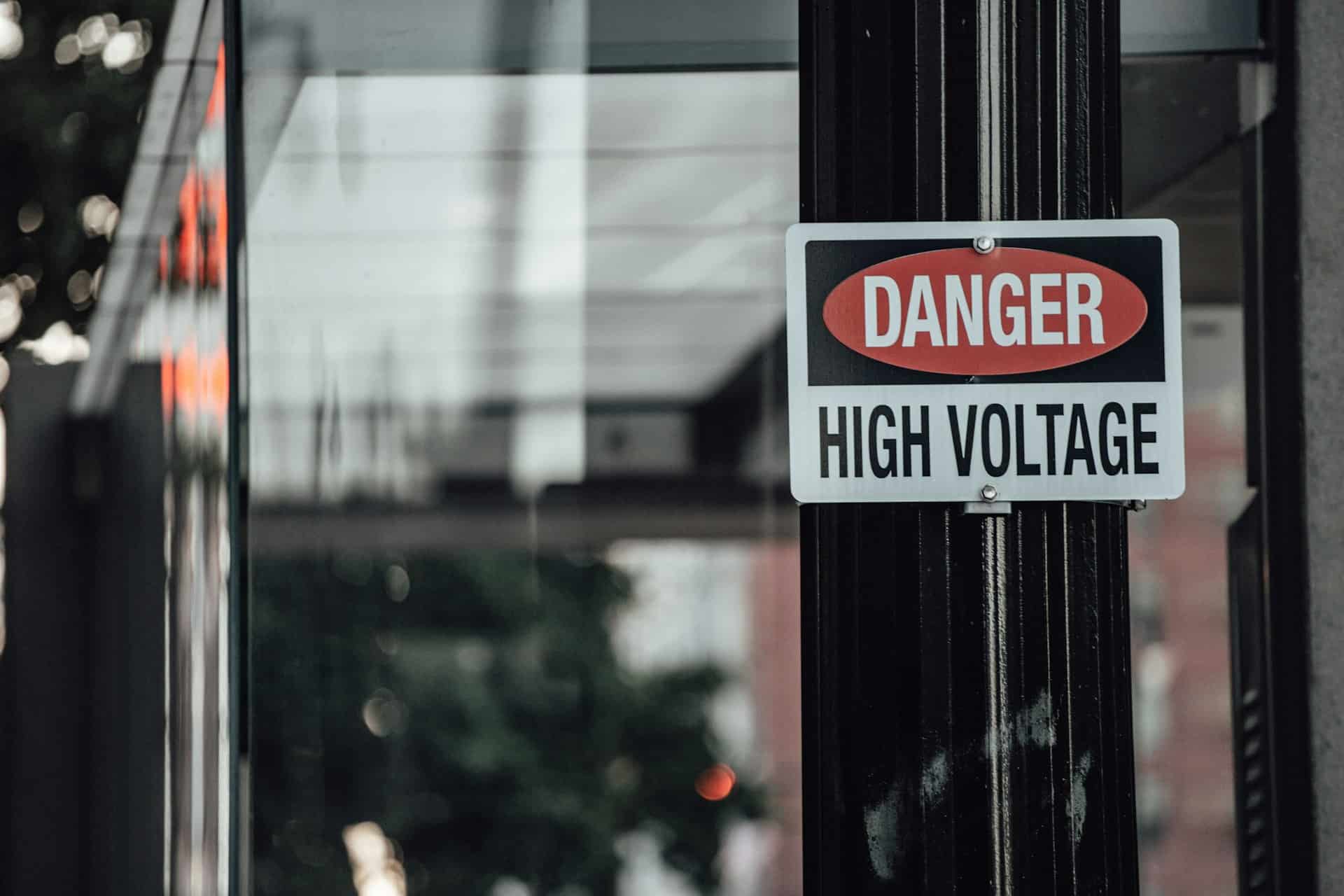 1. Danger High Voltage: This sign indicates a high voltage area, highlighting the potential risk of electric shock.
1. Danger High Voltage: This sign indicates a high voltage area, highlighting the potential risk of electric shock.
2. Warning Flammable: This sign indicates flammable materials, highlighting the risk of fire or explosion.
3. Caution Slippery floor: This sign indicates wet or slick floors, warning individuals to proceed with caution to avoid falls or slips.
4. Notice Eye Protection Required: This sign indicates the need for eye protection, highlighting hazardous areas where eye injuries may occur.
5. Fire Exit: This sign indicates the location of emergency exits, providing clear directions for individuals to evacuate the building in the event of a fire or other emergency.
6. First Aid Kit: This sign indicates the location of first aid kits, providing guidance to individuals who need immediate medical attention.
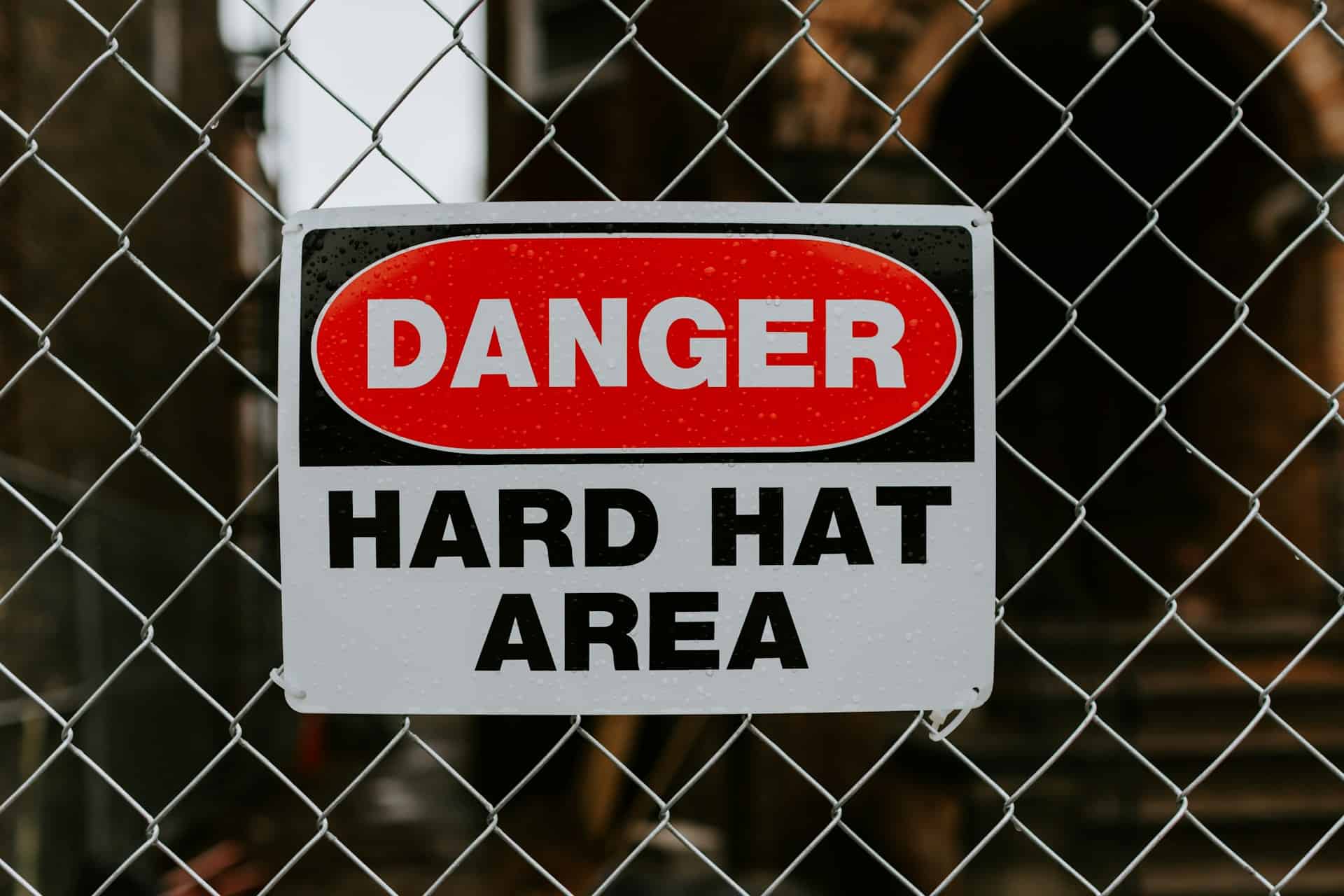 7. Hard Hat Area: This sign indicates areas where employees must wear hard hats, highlighting potential head hazards.
7. Hard Hat Area: This sign indicates areas where employees must wear hard hats, highlighting potential head hazards.
8. Authorized Personnel Only: This sign indicates restricted areas, ensuring that only authorized personnel enter designated areas.
9. No Smoking: This sign indicates areas where smoking is prohibited to prevent fire hazards and promote a safe work environment.
These are just a few examples of popular OSHA safety signs. Employers must use the appropriate safety signs specific to their workplace hazards and safety protocols to ensure their employees remain safe while on the job.
Conclusion
OSHA safety signs play a crucial role in maintaining a safe work environment and preventing accidents or injuries. These signs utilize standardized color codes and symbols to effectively communicate different levels of hazards, safety instructions, and important information. It is essential for employers to adhere to OSHA’s design requirements, ensuring clarity, visibility, and effectiveness of the signs. By implementing and regularly reviewing safety signs, employers promote awareness, minimize risk, and foster a culture of safety among employees and visitors. VISIT HERE for safety signs that adhere to OSHA safety requirements.
Popular Posts:




